E coli symptoms in chickens 293201-Symptoms of e coli infection in chickens
Escherichia coli is a gramnegative, rodshaped bacterium normally found in the intestine of poultry and other vertebrates Though many E coli are not pathogenic, some have acquired virulence factors, greatly increasing their pathogenicity , The majority of cases of colibacillosis appear to be due to E coli that have acquired a number of virulence genes clustered together in plasmidborneEscherichia coli is type of bacteria bacteria which causing several disease in poultry Its most common organism in poultry Its found all over places like food, water, soil, dust & intestine of human & animalsThe most susceptible to severe illness from E coli O157H7 are the elderly, the young and those who have weakened immune systems Typically, E coli O157H7 related illnesses occur because the microorganism emits a toxin that can cause hemorrhagic colitis, a disease with symptoms like bloody diarrhea and severe abdominal pain Approximately 10 percent of these cases in children lead to hemolytic uremic syndrome (HUS), which is the leading cause of acute pediatric renal failure
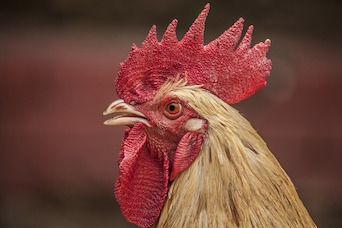
Fecal E Coli From Chickens May Pose Health Risks To Poultry And Humans
Symptoms of e coli infection in chickens
Symptoms of e coli infection in chickens-A bacterium called Escherichia coli E coli normally lives in the digestive tract of birds, but most types (strains) do not produce disease Certain strains, however, can cause disease in poultry These diseases include blood• Colibacillosis is a localized or systemic infection caused by avian pathogenic Escherichia coli bacteria characterized by septicemia, drop in production and mortality



Managing Colibacillosis Issues In Poultry Houses Natual
Cause up to 100% mortality in chicks during the first week of life, but deaths are usually between 5 to 10% Symptoms Affected chicks are depressed, have swollen abdomens, and show a tendency to crowd together Postmortem Findings The yolk sac blood vessels are dilated and filled with blood (Fig 46, 49)Chickens can be infected with a low pathogenic E coli which may go undetected for a long time The usual signs are decreased performance (decreased egg laying), lethargy, diarrhea and generally looking ill E coli is shed in the poop, so infection of other birds can easily occurThere are a couple of E coli symptoms you should be aware of These symptoms usually start two to five days after the infection They include the sudden start of cramps and abdominal pain, and then diarrhea within 24 hours Diarrhea will become increasingly watery and then noticeably bloody
INTRODUCTION Escherichia coli normally found in the digestive tract of poultry and most strains are nonpathogenic The pathogenic capacity of E coli for chickens to cause significant diarrheal and extraintestinal diseases has been associated with numerous extrinsic and intrinsic bird related factors and condition The extrinsic factors include environment, exposure to other infectious"E coli stands for Escherichia coli, which is a type of bacteria" "Most commonly, we hear about it in raw or undercooked hamburger meat" Dr Nipunie Rajapakse says E coli bacteria can create some stomachturning symptoms, like abdominal pain and nausea But it can get even worseEarly Lay – E coli infections in early lay are the most significant and can be the most devastating with some flocks in the past losing as many as 10% in one day Today, with the use of better housing conditions and preventative measures, these losses are much, much less I estimate that fewer than 5% of flocks experience this syndrome now compared to as much as 40% 10 years ago
Chickens of all ages are susceptible to colibacilliosis, but usually young birds are considered more susceptible Signs of E coli enteritis Since E coli is an opportunistic pathogen and will (given the chance) attack a number of organs, infections can cause a wide variety of signs or symptoms Symptoms may range from sudden death of the birdIn unvaccinated flocks, it is common to have morbidity near 100% In layers and backyard flocks, it is not uncommon to have mixed infections with Mycoplasma (M gallisepticum or M synoviae) and opportunistic bacteria (E coli), which increase the severity of the disease TransmissionEscherichia coli (E coli) is a bacteria that normally lives in the intestines of both healthy people and animals In most cases, this bacteria is harmless It helps digest the food you eat However, certain strains of E coli can cause symptoms including diarrhea



Fecal E Coli From Chickens May Pose Health Risks To Poultry And Humans



Backyard Poultry Healthy Pets Healthy People Cdc
Chickens can be infected with a low pathogenic E coli which may go undetected for a long time The usual signs are decreased performance (decreased egg laying), lethargy, diarrhea and generally looking ill E coli is shed in the poop, so infection of other birds can easily occurEcoli Symptoms and Prevention in Poultry Escherichia Coli Infection Popularly Known as E Coli infections are commonly triggered by Immune suppression or by Symptoms Symptoms may vary , depending on the severity of disease and environment But some symptoms of EColi are PreventionEscherichia coli Defined 3 E coli O157 Although most strains of E coli are harmless, others can cause illnesses like diarrhea, urinary tract infections, pneumonia and other clinical disease1 As a pathogen, E coli is best known for its ability to cause intestinal disease Five classes of E coli that cause diarrheal diseases are currently recognized enterotoxigenic, enteroinvasive,



Swollen Head Syndrome Diseases Of Poultry The Poultry Site The Poultry Site
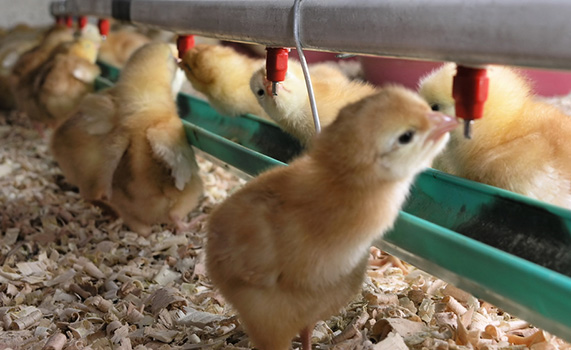


Continue To Site Or Wait 23 Seconds We Re Glad You Re Enjoying Poultry Health Today Access Is Free But You Ll Need To Register To View More Content Subscribe To Register Already Registered Sign In Sign In Sign Up Now X Open In Appopen In App
I want to know which is better and easier on my chicken's system before I start the treatmentNow the stool C/S has come back positive for ecoli and proteus and the vet recommends treating with trimethaprim sulfa or baytil Does anyone have any experience treating with either of these medications?As far as preventing E coli in chicken coops, "we need a better system developed to raise chickens so they are not raised in crowded conditions and prone to diseases like E coli," he explained Good hygiene is never a bad idea, but the truth is that E coli is everywhere, said Dr Elizabeth Kavaler, a urologist at Lenox Hill Hospital in New


Help I Think My Chicken May Have E Coli Or Worms Backyard Chickens Learn How To Raise Chickens



Mycoplasma Diseases Of Poultry The Poultry Site The Poultry Site
According to the National Kidney Foundation, 80 to 90 percent of UTIs are caused by a bacteria called Escherichia coli For the most part, E coli lives harmlessly in your gut But it can causeE coli is a bacteria found in the intestines of humans and all warmblooded animals Infections send more than 3,000 people to the hospital every year E coli symptoms include loss of appetite, nausea, gas and flatulence, chronic fatigue, sudden diarrhea that is very watery, and bloody stools Learn how NOT to get this bacterial infection!E coli was found in about 80 percent of the nearly 2,500 meat samples and in 72 percent of the urine and blood samples from patients who tested positive for infection, the study authors said E


Colibacillosis In Chickens



Escherichia Coli Infections Diseases Of Poultry The Poultry Site The Poultry Site
Chickens can be infected with a low pathogenic E coli which may go undetected for a long time The usual signs are decreased performance (decreased egg laying), lethargy, diarrhea and generally looking ill E coli is shed in the poop, so infection of other birds can easily occurChicken from Adele Poultry Farm showed higher E coli O157H7 infection (OR = 3) than Haramaya University poultry farm and young birds had more infection (OR = 462) than adult birdsMost people infected with this bacterium develop the following signs and symptoms 1272 hours after being exposed to the bacteria Also, symptoms vary depending on the type of bacterium which has caused the infection Frequent signs and symptoms include headaches;


Www Jstor Org Stable



Fig4 Effect Of Induced E Coli Infection On Chicks A Enteritis Of Download Scientific Diagram
Clinical signs may include Abnormal or malformed eggs irregularly shaped, soft shelled, or bloodstreakedDirect Causes of Bumblefoot The infection is normally a direct result of certain bacterias, such as Escherichia coli (E coli), Pseudomonas or Staphylococcus that form cysts in the tissues of the foot Once established, the infection progresses quite rapidly forming an abscess or chronic outward woundEcoli can be transmitted to chickens through ingestion (contaminated feeders, waterers and pecking in the soil), inhalation or fecal contamination of eggs Chickens routinely live with manageable numbers of the bacteria, but when they are stressed or immunocompromised Ecoli can multiply, travel to other parts of the body and make their hosts



How Can I Tell If My Flock Is Infected With Salmonella What Are The Symptoms My Pet Chicken



Mycoplasma Gallisepticum Infection In Poultry Poultry Merck Veterinary Manual
The closely related E coli bacteria are generally neutral, or even beneficial, but a few strains are pathogenic, and can cause diarrhea Although most cases of E coli infection result in mild, foodpoisoninglike symptoms, E coli can give rise to hemolytic uremic syndrome, a disease similar to dysentery, and potentially lifethreateningStudies have shown that virtually all chickens become infected with Escherichia coli, or E coli, and as much as 75 percent of chicken in retail stores is still infectedAdditionally, about 8 percent are infected with salmonella, and 70 to 90 percent are infected with campylobacter, which can cause severe food poisoningThis is because of the way that the chicken carcasses are cooled in theDuring this almost 10 year period, 68% of E coli cases were found in food, while water cases were only 18%, followed by animals or their environment that had 8% and at last person to person with 6% 6 Look Out for E coli Symptoms There are a couple of E coli symptoms you should be aware of



Escherichia Coli Infections Diseases Of Poultry The Poultry Site The Poultry Site


Turkey Diseases St David S Poultry Team
E coli symptoms to watch for Dr Tosh says that common symptoms of an E coli infection are diarrhea, fever, and abdominal crampingIn the advanced stages, there may be palpable abdominal distension, indicating the presence of fluid inside the bird's abdomen (also known as ascites) These hens will often position themselves in a "penguinlike" stance in an attempt to help relieve some of the discomfort They may also have difficulty breathingBacteriophage to an Escherichia coli isolate that is pathogenic in poultry were isolated from municipal sewer treatment facilities or poultry processing plants Three studies were conducted to determine the efficacy of aerosol administration of bacteriophage to prevent an E coli respiratory infection in broiler chickens



Chronic Respiratory Disease Crd And Crd Combined With Ecoli In Poultry Technical Information Bio Pharmachemie



Backyard Poultry Healthy Pets Healthy People Cdc
Colibacillosis is a bacterial disease that is caused by Escherichia coli, better known as E coliAlthough E coli is part of the normal bacteria of the gut in humans and animals, some strains are capable of causing severe disease There are usually two distinct manifestations of an E coli infection in chickens severe infections and chronic, mild to moderate infectionsEscherichia coli (E coli) is a bacteria that normally is an important part of the healthy intestinal tracts of humans and animals However, there are some kinds of E coli that are harmful and can cause disease The most common type of E coli infection that causes illness in people is called E coli O157,Several methods for the molecular typing of E coli have been described and might prove useful to study the epidemiology ofE coli outbreaks in poultry, about which little is known The presumptive diagnosis E coli salpingitis and peritonitis is rather simple to establish, based on the anamnesis, clinical symptoms, and macroscopic findings at



4 Bacteria That Make Chickens Sick Timber Creek Farm



Escherichia Coli Infections Diseases Of Poultry The Poultry Site The Poultry Site
E coli Symptoms Birds may show ruffled feathers as a symptom of an E coli infection Signs are nonspecific and vary with age, organs involved, and concurrent diseases Signs may include listlessness, ruffled feathers, depression, decreased appetite, cough, and labored breathingColibacillosis refers to any localized or systemic infection caused partly or entirely by avian pathogenic Escherichia coli (APEC), which include several clinical disease manifestations Chickens of all ages are susceptible to colibacillosis, but young birds are more frequently and more severely affected, including developing embryos Colibacillosis often occurs concurrently with otherE coli O157H7 is most commonly found in cows, although chickens, deer, sheep, and pigs have also been known to carry it Meat becomes contaminated during slaughter, when infected animal intestines or feces come in contact with the carcass Symptoms of E coli E coli symptoms change as the infection progresses Symptoms usually begin two


Q Tbn And9gctfd7y 6pqpl1bybi2felv0txoqpusxdzc1u3plrwirpr7nnbwk Usqp Cau
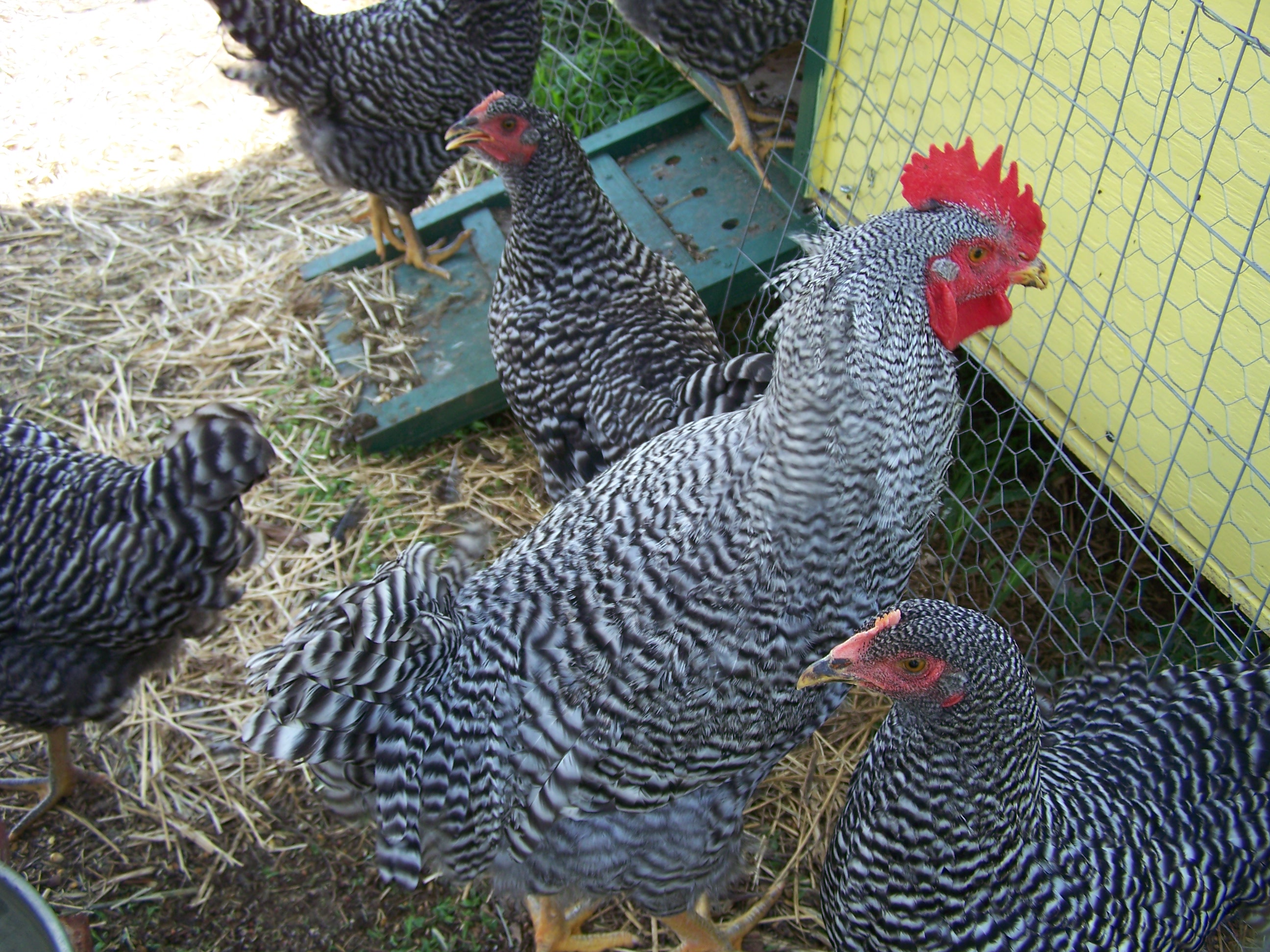


Rare Chicken Diseases Chicken Health Chickens Guide Omlet Uk
Escherichia coli Defined 3 E coli O157 Although most strains of E coli are harmless, others can cause illnesses like diarrhea, urinary tract infections, pneumonia and other clinical disease1 As a pathogen, E coli is best known for its ability to cause intestinal disease Five classes of E coli that cause diarrheal diseases are currently recognized enterotoxigenic, enteroinvasive,Escherichia coli Defined 3 E coli O157 Although most strains of E coli are harmless, others can cause illnesses like diarrhea, urinary tract infections, pneumonia and other clinical disease1 As a pathogen, E coli is best known for its ability to cause intestinal disease Five classes of E coli that cause diarrheal diseases are currently recognized enterotoxigenic, enteroinvasive,The lesions are a common sequel to E coli septicaemia Clinically, lameness, prolonged lying down, dehydration and retarded growth rate are observed The coxofemoral joints, the femur and tibiotarsal joints are most commonly affected



Bacteriophage Therapy In Effective Control Of E Coli Infections In Poultry Engormix



Escherichia Coli Infections Diseases Of Poultry The Poultry Site The Poultry Site
Bacteriophage to an Escherichia coli isolate that is pathogenic in poultry were isolated from municipal sewer treatment facilities or poultry processing plants Three studies were conducted to determine the efficacy of aerosol administration of bacteriophage to prevent an E coli respiratory infection in broiler chickensSome Ecoli strains produce toxins (Shiga toxins) that can cause severe illness One common strain called Ecoli 0157 produces such toxins and is usually responsible for the outbreaks that areINTRODUCTION Avian pathogenic Escherichia coli (APEC) is associated with extraintestinal infections in chickens, turkeys, ducks, and other avian species, causing a variety of diseases collectively known as colibacillosis The infections are responsible for severe economic losses in the poultry industry worldwide (7, 25, 29)A number of virulence factors have been identified as associated with


E Coli Symptoms And Prevention In Poultry
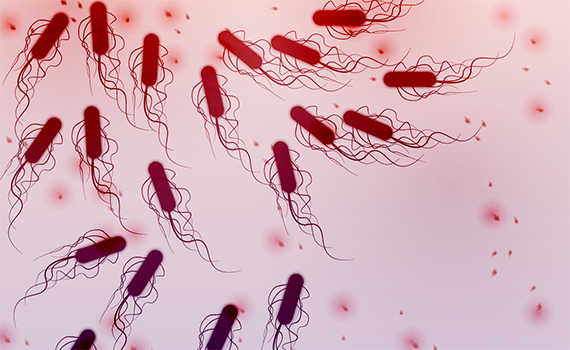


Fbpx Sign Up Now Don T Show This Again Thank You For Confirming Your Subscription And Remember If Ever You Want To Change Your Email Preferences Or Unsubscribe Just Click On The Links At The Bottom Of Any Email Continue To Site Or Wait 23 Seconds



Pdf Prevalence Of E Coli In Diseased Chickens With Its Antibiogram Pattern



Escherichia Coli Infections Diseases Of Poultry The Poultry Site The Poultry Site



Crd In Poultry Chronic Respiratory Disease Growel Agrovet



E Coli In Poultry What Is It Val Co



E Coli Disease In Poultry Farming Youtube



Pathogenicity Of Escherichia Coli O157 In Commercial Broiler Chickens Sciencedirect



E Coli Infections Peritonitis In Layers Dutchland Farms



Pdf Efficacy Of Calcium Fosfomycin For The Treatment Of Experimental Infections Of Broiler Chickens With Escherichia Coli O78 K80


Colibacillosis In Chickens



Sick Bay Risks Of Mycoplasma In Poultry Your Chickens



Mycoplasma Gallisepticum Infection In Poultry Poultry Merck Veterinary Manual



Swollen Head Syndrome Diseases Of Poultry The Poultry Site The Poultry Site
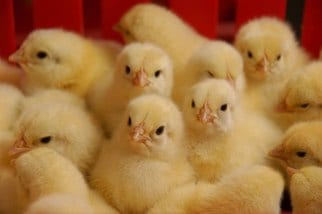


E Coli In Poultry What Is It Val Co



Colibacillosis In Layers An Overview The Poultry Site
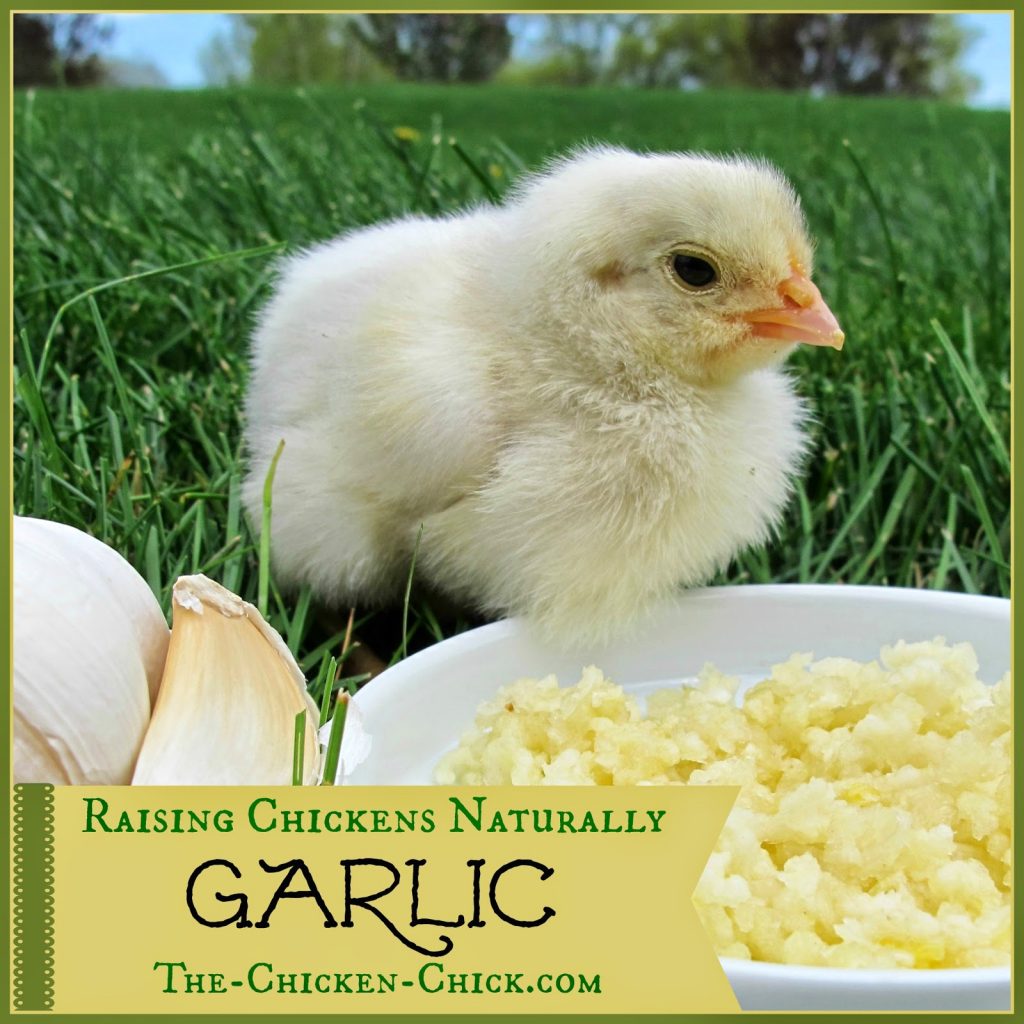


Raising Chickens Naturally Garlic With Herbalist Susan Burek The Chicken Chick



Pathogenicity Of Escherichia Coli O157 In Commercial Broiler Chickens Sciencedirect



Managing Colibacillosis Issues In Poultry Houses Natual



4 Diseases Humans Get From Backyard Chickens Zoonotic Diseases The Happy Chicken Coop
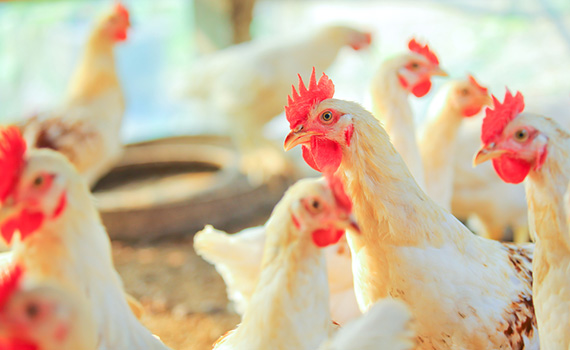


Continue To Site Or Wait 23 Seconds We Re Glad You Re Enjoying Poultry Health Today Access Is Free But You Ll Need To Register To View More Content Subscribe To Register Already Registered Sign In Sign In Sign Up Now X Open In Appopen In App



E Coli Threats Difficult To Solve The Western Producer



Common Poultry Diseases During The Rainy Season Signs Prevention And Treatment Afrimash Com Nigeria


Infectious Bronchitis In Chickens
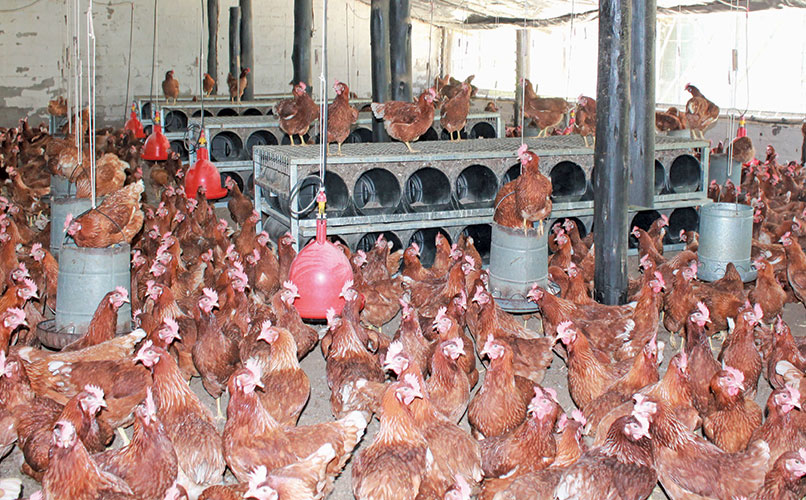


5 Ways Poultry Producers Can Combat E Coli



Common Infectious Diseases In Backyard Poultry Exotic And Laboratory Animals Merck Veterinary Manual



How To Dissect Chickens To Detect Disease Farmers Weekly



E Coli Infections Peritonitis In Layers Dutchland Farms



E Coli And Antibiotic Resistance Impact On The Poultry Sector Biomin Net



Escherichia Coli Infections Diseases Of Poultry The Poultry Site The Poultry Site
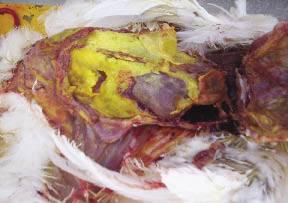


Impact Of E Coli On Profitable Egg Production
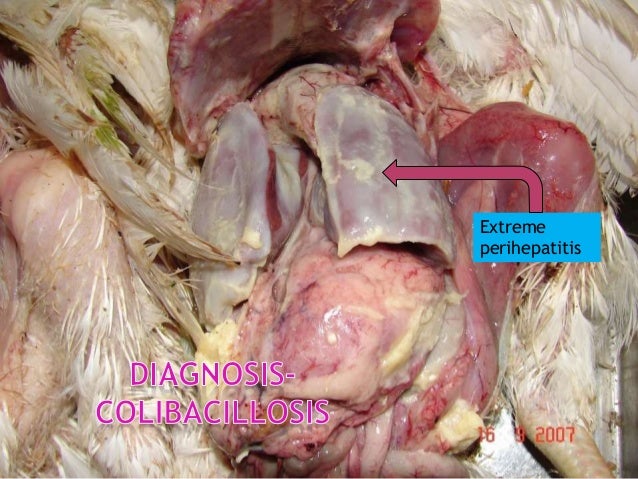


E Coli Diagnosis In Broiler And Layer Bird
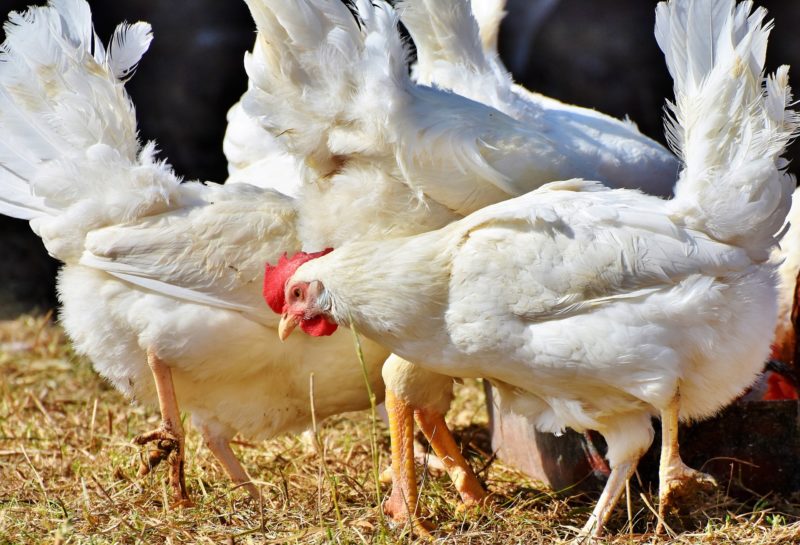


Antibiotic Resistance In Relation To E Coli Infection In Broiler Chickens Amr Insights



Escherichia Coli Infections Diseases Of Poultry The Poultry Site The Poultry Site
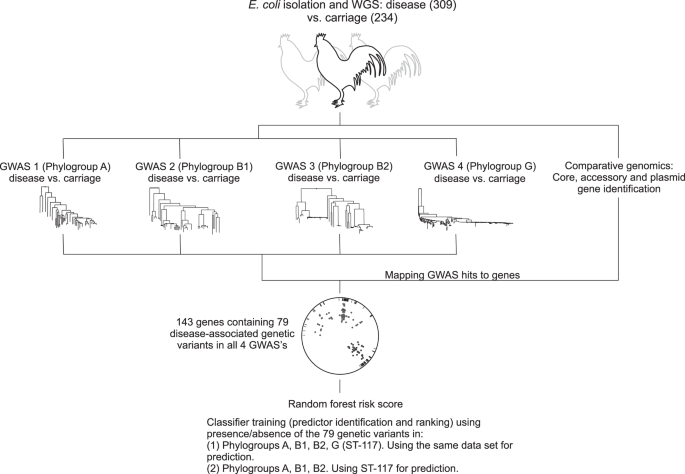


Genome Evolution And The Emergence Of Pathogenicity In Avian Escherichia Coli Nature Communications
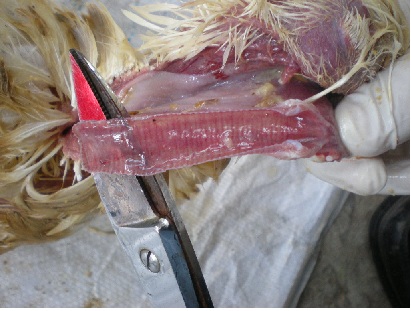


Chronic Respiratory Disease Crd And Crd Combined With Ecoli In Poultry Technical Information Bio Pharmachemie


Colibacillosis In Chickens
:max_bytes(150000):strip_icc()/eColi87296113-56a9c2705f9b58b7d0febf6f.jpg)


Preventing Escherichia Coli E Coli Infection In Dogs



Antibiotic Resistance In Relation To E Coli Infection In Broiler Chickens Pashudhan Praharee



Improved Vaccine To Fight E Coli Infection In Poultry Idrc International Development Research Centre



Prevent E Coli In Poultry Ms Schippers



Crd With E Coli Treatment Youtube



Escherichia Coli Infections E Coli Or Colibacillosis Ppt Video Online Download



Pathogenicity Of Escherichia Coli O157 In Commercial Broiler Chickens Sciencedirect



Gut Health Part 2 Vaccination And Nutrition For The Prevention Of Symptoms Of Coccidiosis In Chickens And Necrotic Enteritis Eimeria Prevention By Hipra



E Coli Infections Peritonitis In Layers Dutchland Farms



Poultryworld Reducing Pathogenic E Coli Infection By Vaccination



Escherichia Coli Infections Diseases Of Poultry The Poultry Site The Poultry Site



Escherichia Coli Infections Diseases Of Poultry The Poultry Site The Poultry Site



5 Common Chicken Health Problems How To Treat Them The Old Farmer S Almanac



Backyard Poultry Healthy Pets Healthy People Cdc



Diagnosing Poultry Diseases Poultry Today Poultrytimes Com



Virulence Factors In E Coli Isolates From Chickens With Cellulitis And Download Table


Mushy Chick Disease Yolk Sack Infection Omphalitis Backyard Chickens Learn How To Raise Chickens



Prevention Of Avian Retrovirus Infection In Chickens Using Crispr Cas9 Delivered By Marek S Disease Virus Sciencedirect



Pdf Efficacy Of Phosphomycin In The Control Of Escherichia Coli Infection Of Broiler Chickens



Mycoplasma Gallisepticum Mycoplasma In Chickens Poultry Diseases Symptoms Youtube



A Poultrykeeper S Guide To Spotting And Controlling Blackhead Farmers Weekly



Chicken E Coli Infections Vetmitun



Colibacillosis In Chickens
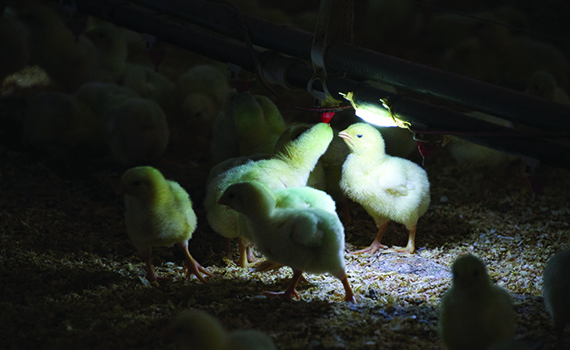


Topics Antibiotic Free Condemnations Diagnostics Expert Advice Flock Welfare Food Safety Gut Health Hatchery Infectious Diseases News From ap Research Respiratory Sustainability Zoetis News Center Interviews Antibiotic Free Condemnations Flock


Help I Think My Chicken May Have E Coli Or Worms Backyard Chickens Learn How To Raise Chickens


Colibacillosis In Chickens


Mycoplasma Gallisepticum Mg



E Coli Symptoms And Prevention In Poultry



Powerful Crd E Coli Medicine For Poultry On Engormix Ref


Q Tbn And9gctp4ev Orjp8ng5zkdeqdtlre17unzjkplq0rsmucj5w98rbzcp Usqp Cau
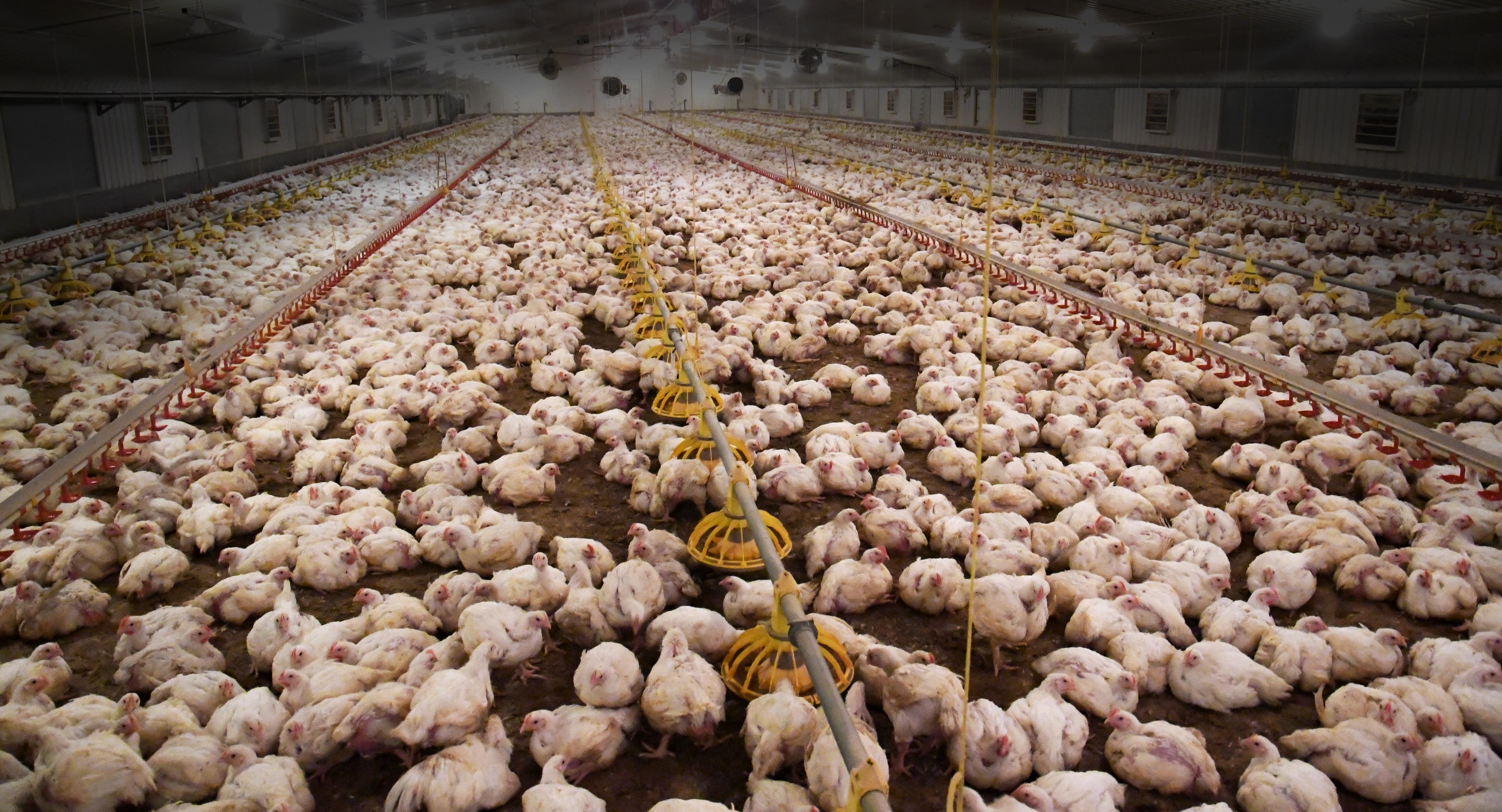


How Meat Chickens Are Raised Treated And Killed


1



Escherichia Coli Infections Diseases Of Poultry The Poultry Site The Poultry Site
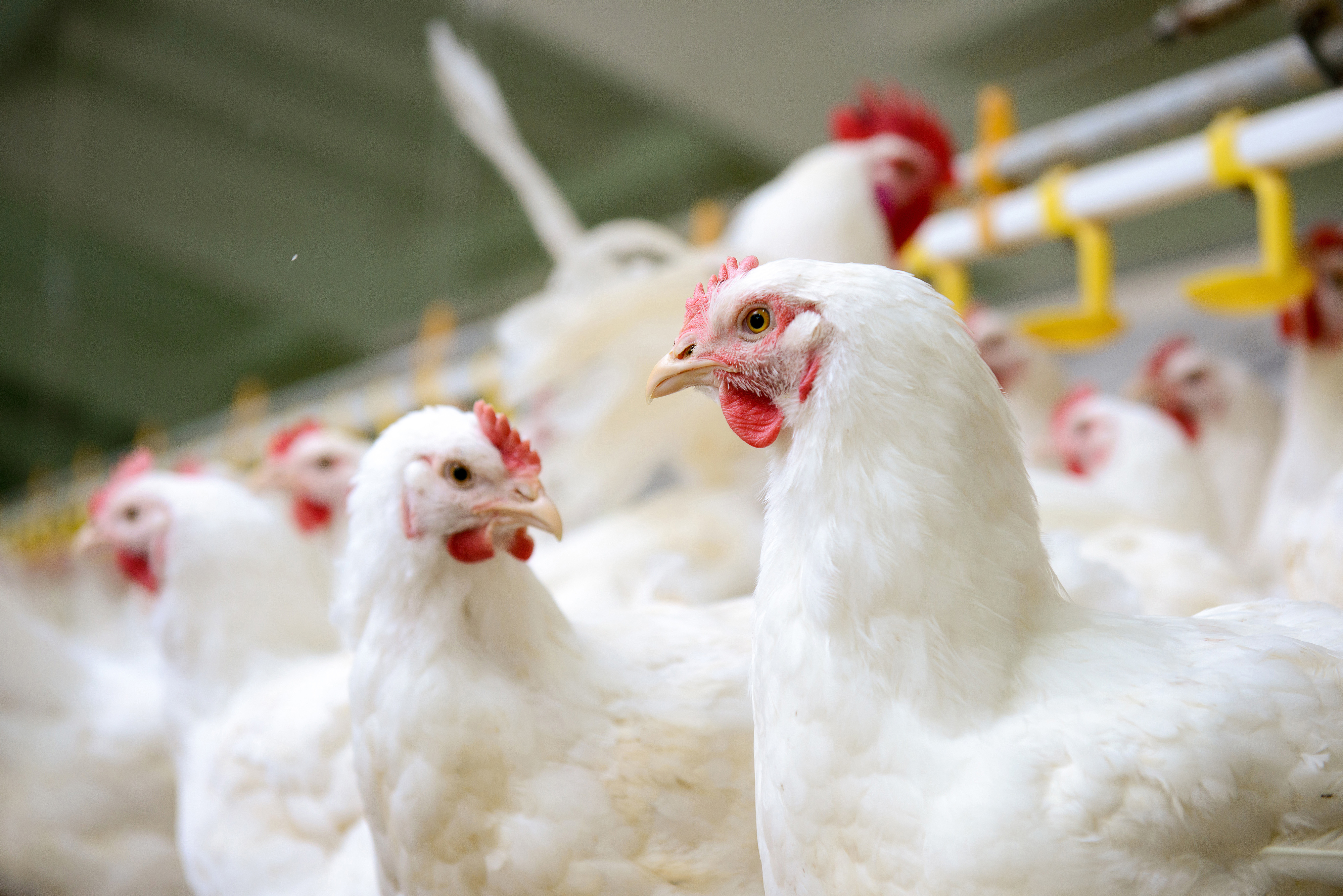


Infectious Coryza In Chickens Texas A M Veterinary Medical Diagnostic Laboratory



A Survival Of Broiler Chickens Following E Coli Challenge Groups Of Download Scientific Diagram



Reasons Why Some Hens Walk Like Penguins In Poultry Jaguza Farm Support


1


Assessment Of A Natural Non Antibiotic Blend On Performance Blood Biochemistry Intestinal Microflora And Morphology Of Broilers Challenged With Escherichia Coli



Ascites In Chickens Biomin Net



E Coli Infections Peritonitis In Layers Dutchland Farms


Www Tandfonline Com Doi Pdf 10 1080



Escherichia Coli Infections Diseases Of Poultry The Poultry Site The Poultry Site



Common Chick Diseases Southern States Co Op



Escherichia Coli Infections Diseases Of Poultry The Poultry Site The Poultry Site


Egg Yolk Peritonitis In Chickens


コメント
コメントを投稿